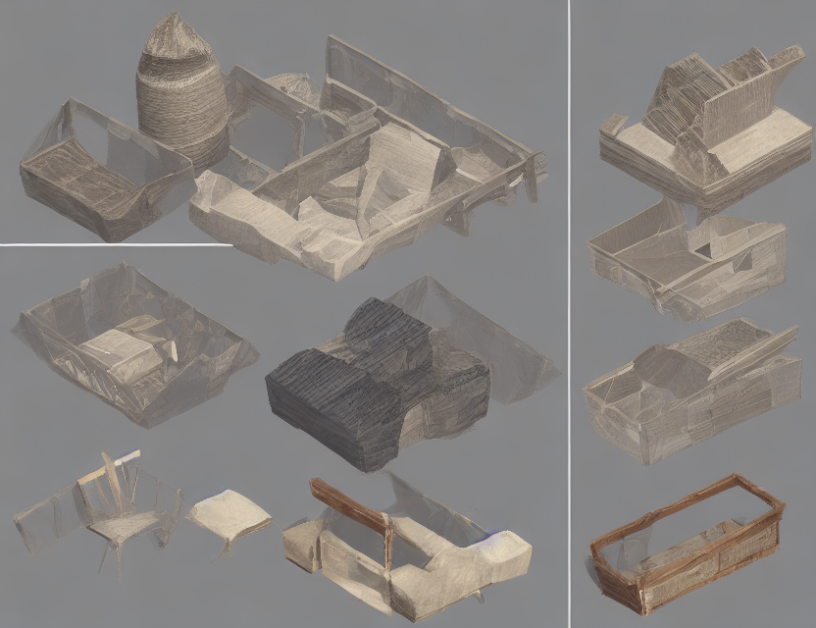In this article, we explore a new approach to estimating the 3D pose (position and orientation) of objects from 2D images or point clouds. Traditional methods rely on manually designing and training models for specific object categories, which can be time-consuming and limit their applicability to new scenarios. Our proposed method leverages the power of zero-shot learning, allowing us to train a single model that can accurately estimate the pose of objects from any category without requiring any additional data or fine-tuning.
To achieve this, we adopt a novel combination of techniques from computer vision and machine learning. We first transform local point clouds or images into a canonical representation using a neural network, which enables us to process them in a standardized manner. Subsequently, we apply a series of transformations to the canonical representation, such as multi-scale cylindrical convolutions for improving the accuracy of 3D descriptor computation. The resulting descriptors are tailored for registering point clouds or images of similar types and dealing with structures that differ significantly from those found in object 6D pose estimation benchmarks.
We demonstrate the effectiveness of our approach by conducting an ablation study on several state-of-the-art methods, including GeDi [31], which processes canonicalized points through a PointNet++ network, and LM-O [3], which uses an ICP-based refinement method. Our proposed method achieves superior performance across various evaluation metrics, establishing new state-of-the-art results in object 6D pose estimation.
By leveraging the versatility of zero-shot learning, our approach can be applied to a wide range of tasks and domains, including robotics, autonomous driving, and augmented reality. Moreover, we show that by combining our method with other state-of-the-art techniques, such as CLIP [33], DINOv2 [29], ImageBind [13], or SAM [21], we can further improve the performance of object 6D pose estimation systems.
In summary, this article presents a groundbreaking approach to object 6D pose estimation that enables us to train a single model that can accurately estimate the pose of objects from any category without requiring any additional data or fine-tuning. By leveraging the power of zero-shot learning and combining it with cutting-edge techniques from computer vision and machine learning, we open up new possibilities for object 6D pose estimation in various applications, including robotics, autonomous driving, and augmented reality.
Computer Science, Computer Vision and Pattern Recognition
Comparative Study of 6D Object Pose Estimation Methods for Texture-Less Objects



